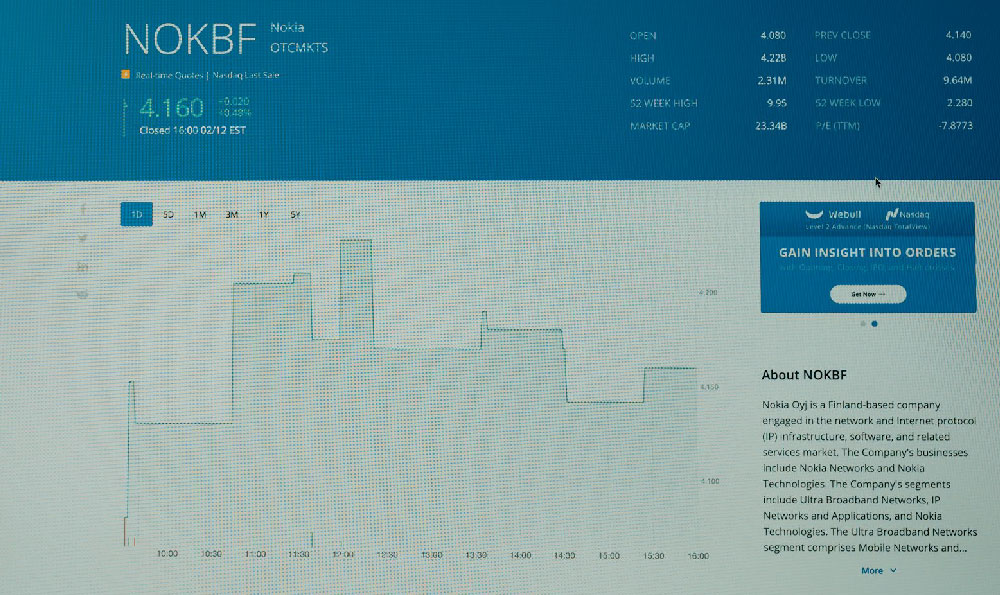The allure of chasing storms, witnessing nature's raw power firsthand, and contributing to scientific understanding captivates many. However, the reality is that storm chasing is rarely a lucrative career path. While it holds a certain romantic appeal, earning a sustainable income solely from chasing storms is challenging, and the financial rewards are often modest and highly variable. Understanding the intricacies of storm chaser income requires dissecting the diverse activities they engage in and the influencing factors.
One of the primary ways storm chasers generate income is through selling footage and photographs to media outlets. Television networks, local news stations, weather channels, and documentary filmmakers are constantly seeking dramatic visuals of severe weather events. A well-captured tornado touchdown, intense lightning strikes, or devastating hail damage can command a significant price. However, the demand for such footage fluctuates with the frequency and intensity of severe weather events. Seasons with numerous high-impact storms can lead to a glut of available footage, driving down prices. Conversely, a quiet weather year might increase the value of existing footage. The quality of the footage, the rarity of the event captured, and the speed at which it can be delivered to media outlets are all crucial factors in determining its value. A grainy, poorly framed video is unlikely to generate much income, while a crisp, high-resolution shot of a rare atmospheric phenomenon can be quite lucrative. Establishing relationships with media outlets and developing a reputation for reliability and high-quality work are essential for securing consistent sales.
Another potential revenue stream for storm chasers is providing real-time weather information to emergency management agencies, government organizations, and private companies. These entities often require accurate, on-the-ground observations to make informed decisions regarding public safety, resource allocation, and risk assessment. Storm chasers can serve as valuable eyes and ears, relaying crucial data about storm intensity, location, and potential hazards. This type of service is particularly valuable in areas with limited radar coverage or where traditional weather monitoring systems are inadequate. However, securing contracts for providing such information typically requires specialized training, certifications, and reliable communication equipment. Competition in this area can be fierce, and building a strong track record of accurate and timely reporting is crucial for establishing credibility and securing long-term partnerships.

Some storm chasers supplement their income by offering guided storm chasing tours to the public. These tours cater to individuals seeking an adrenaline rush and the opportunity to witness severe weather firsthand. While the demand for such tours can be significant, particularly during peak storm season, it also involves considerable risk and responsibility. Tour operators must prioritize the safety of their clients, which requires thorough planning, experienced drivers, and access to reliable weather information. Insurance costs can be substantial, and the potential for liability in the event of an accident or injury is a significant concern. Furthermore, the profitability of storm chasing tours is highly dependent on weather patterns. A prolonged period of unfavorable weather can lead to cancellations and reduced revenue. Marketing and advertising expenses can also eat into profits, requiring careful financial management.
Beyond these direct revenue streams, some storm chasers generate income through related activities such as writing articles, publishing books, giving presentations, and creating educational content about severe weather. These activities can help to establish them as experts in their field and attract a wider audience. However, the income from these sources is often supplementary and may not be sufficient to cover the costs of storm chasing. Building a strong online presence and engaging with the public through social media are essential for promoting these activities and maximizing their earning potential.
Several factors significantly affect a storm chaser's income. The most obvious is the frequency and intensity of severe weather events. A year with numerous tornadoes and other damaging storms will generally provide more opportunities to capture valuable footage and provide real-time weather information. Geographic location is also crucial. Areas with a high frequency of severe weather, such as the Great Plains of the United States, are more likely to attract storm chasers. Skill and experience play a significant role in determining earning potential. Experienced storm chasers who have a proven track record of capturing high-quality footage and providing accurate weather information are more likely to command higher prices and secure lucrative contracts. Equipment costs can also be a major factor. High-quality cameras, reliable vehicles, and sophisticated weather monitoring equipment are essential for effective storm chasing, but they can also be expensive. Maintaining and upgrading equipment can be a significant drain on resources. Finally, marketing and networking skills are essential for success. Storm chasers need to be able to effectively promote their services and build relationships with media outlets, government agencies, and other potential clients.
In conclusion, while the prospect of earning a substantial income solely from storm chasing may be appealing, the reality is that it is a challenging and often unpredictable career path. Most storm chasers rely on a combination of income streams, including selling footage, providing weather information, and offering guided tours, to make a living. Success in this field requires a combination of skills, including weather forecasting, photography, driving, communication, and marketing. Furthermore, it requires a significant investment in equipment, a tolerance for risk, and a willingness to work long hours in often dangerous conditions. Therefore, anyone considering a career in storm chasing should carefully weigh the potential rewards against the significant challenges and risks involved. It's prudent to approach it as a supplementary income source or a passionate pursuit, rather than a guaranteed path to financial stability. Building a diverse skillset and developing a strong business acumen are essential for navigating the unpredictable world of storm chasing and maximizing earning potential.












